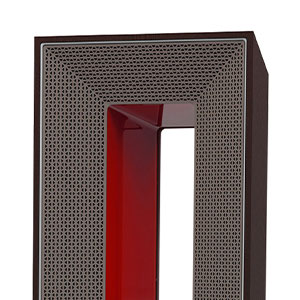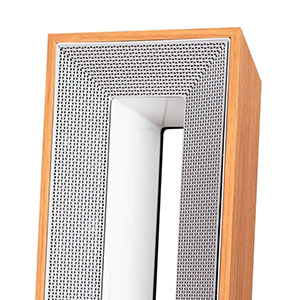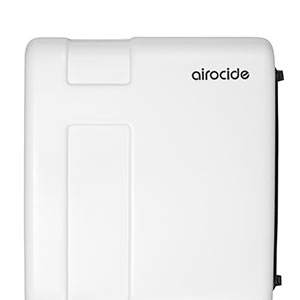How does Airocide APS-200 PM 2.5 work?
The reaction chamber consists of four interlinked stages which together ensure the efficient operation.
PM 2.5 is the abbreviated English term for atmospheric particulate matters. Approximately 15-20% of the composition of PM 2.5 is organic material. This is primarily un-combusted hydrocarbons from cars, trucks, and from smokestacks. Typically these molecules are very stable cyclic hydrocarbons that are both difficult to remove from the air and very dangerous to breathe (carcinogenic).

STAGE 1 is a carbon/permanganate media which aids in creating a more rapid removal of gaseous material. Activated carbon saturates and reintroduces the gaseous component back into the environment; however, when used with PCO material that has 360-degree exposure to a UV light source, it expands the capacity to remove VOCs.
STAGE 2 is MERV-12 media that removes particulate matters from the air such as exhaust fumes and inorganic carbon. This is the same material that hospitals use.
STAGE 3 is a fibrous material coated with a proprietary catalyst that has approximately 270 degrees of exposure to the UV light source. The geometry of the Reaction Chamber maximized the surface area and created a more efficient removal of the gaseous component of PM 2.5.
STAGE 4 is the traditional NASA developed Airocide catalyst present in each Airocide unit with proven effectiveness in killing the microorganisms and pathogens.
Clean environment. Feel better.
Airocide units at home.

Airocide APS-200 PM 2.5

Airocide APS-300

Airocide APS-1000